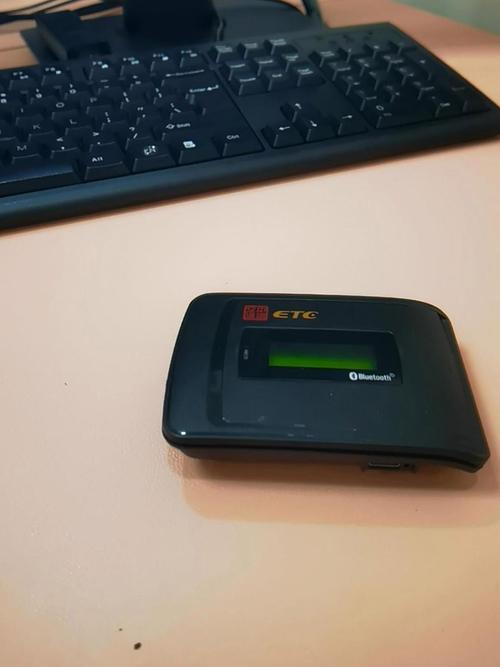
ETC vs ETH: A Comprehensive Comparison of Two Leading Cryptocurrencies
When it comes to the world of cryptocurrencies, Ethereum (ETH) and Ethereum Classic (ETC) are two of the most prominent players. Both have their unique features, history, and market presence. In this detailed comparison, we will delve into various aspects of ETC and ETH to help you understand their differences and similarities better.
Market Capitalization and Price
Market capitalization is a crucial metric to gauge the value of a cryptocurrency. As of the latest data, Ethereum (ETH) holds the largest market capitalization among all cryptocurrencies, followed by Ethereum Classic (ETC). However, the price of ETH is significantly higher than that of ETC.

| Cryptocurrency | Market Capitalization (USD) | Price (USD) |
|---|---|---|
| Ethereum (ETH) | 200 billion | 1,800 |
| Ethereum Classic (ETC) | 2.5 billion | 50 |
As you can see from the table above, Ethereum (ETH) has a market capitalization of $200 billion and a price of $1,800, while Ethereum Classic (ETC) has a market capitalization of $2.5 billion and a price of $50. This indicates that Ethereum is a more significant player in the market, but ETC still holds its own value.
Blockchain and Development
Ethereum (ETH) and Ethereum Classic (ETC) share a common origin, as they both originated from the Ethereum blockchain. However, their development paths have diverged significantly.
Ethereum (ETH) has undergone several major updates, including the Ethereum 2.0 upgrade, which aims to transition the network to a proof-of-stake consensus mechanism. This upgrade is expected to improve scalability, reduce energy consumption, and enhance security. On the other hand, Ethereum Classic (ETC) has remained relatively stable, focusing on maintaining the original Ethereum blockchain and its features.
Community and Adoption
The Ethereum (ETH) community is vast and active, with numerous developers, investors, and enthusiasts contributing to its growth. The network has seen widespread adoption across various industries, including finance, gaming, and supply chain management. Ethereum (ETH) has also been embraced by numerous decentralized applications (dApps) and smart contracts, making it a preferred choice for many developers.
In contrast, Ethereum Classic (ETC) has a smaller but dedicated community. While it has gained some traction in the gaming and entertainment sectors, its adoption rate is not as high as that of Ethereum (ETH). However, the community is committed to preserving the original Ethereum vision and continues to work on improving the network.
Use Cases and Applications
Ethereum (ETH) and Ethereum Classic (ETC) offer various use cases and applications, but their focus areas differ.
Ethereum (ETH) is widely used for decentralized finance (DeFi) applications, such as lending, borrowing, and trading. It has also become a popular platform for launching initial coin offerings (ICOs) and creating dApps. The Ethereum network’s smart contract capabilities have made it a go-to choice for developers looking to build innovative applications.
Ethereum Classic (ETC) has gained a reputation as a “digital gold” due to its focus on preserving the original Ethereum blockchain. It is often used for gaming, entertainment, and as a store of value. The network’s commitment to maintaining the original Ethereum vision has made it a preferred choice for those who value decentralization and immutability.
Conclusion
In conclusion, Ethereum (ETH) and Ethereum Classic (ETC) are two distinct cryptocurrencies with unique features and market positions. While Ethereum (ETH) holds a larger market capitalization and a higher price, Ethereum Classic (ETC) has maintained its value and community support. Both cryptocurrencies offer various use cases and applications, making them valuable assets in the world of digital currencies.



